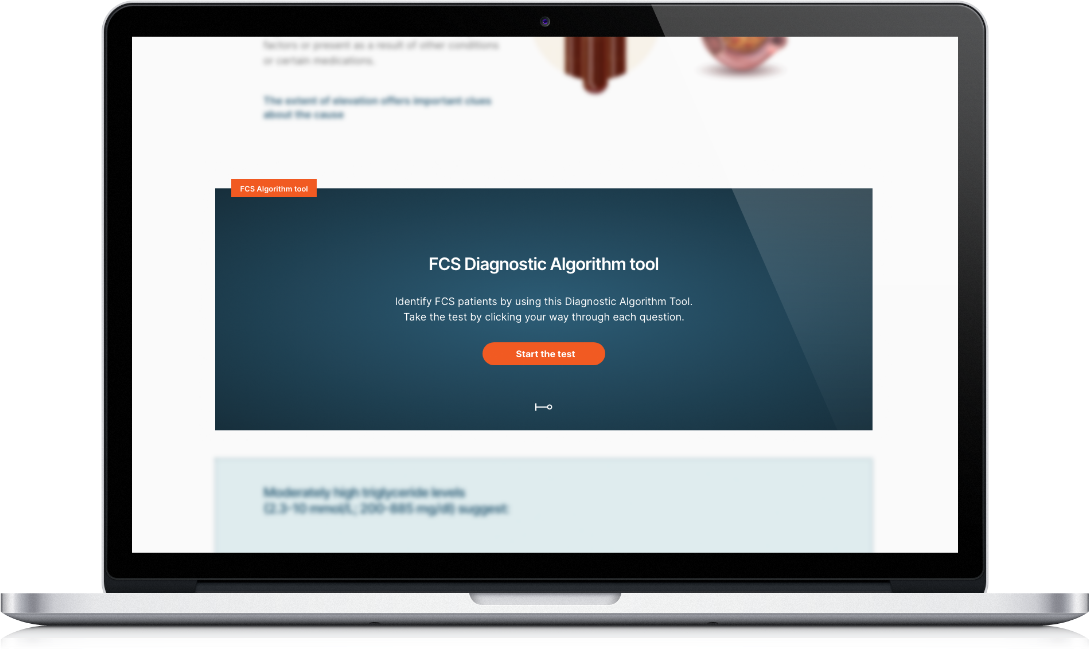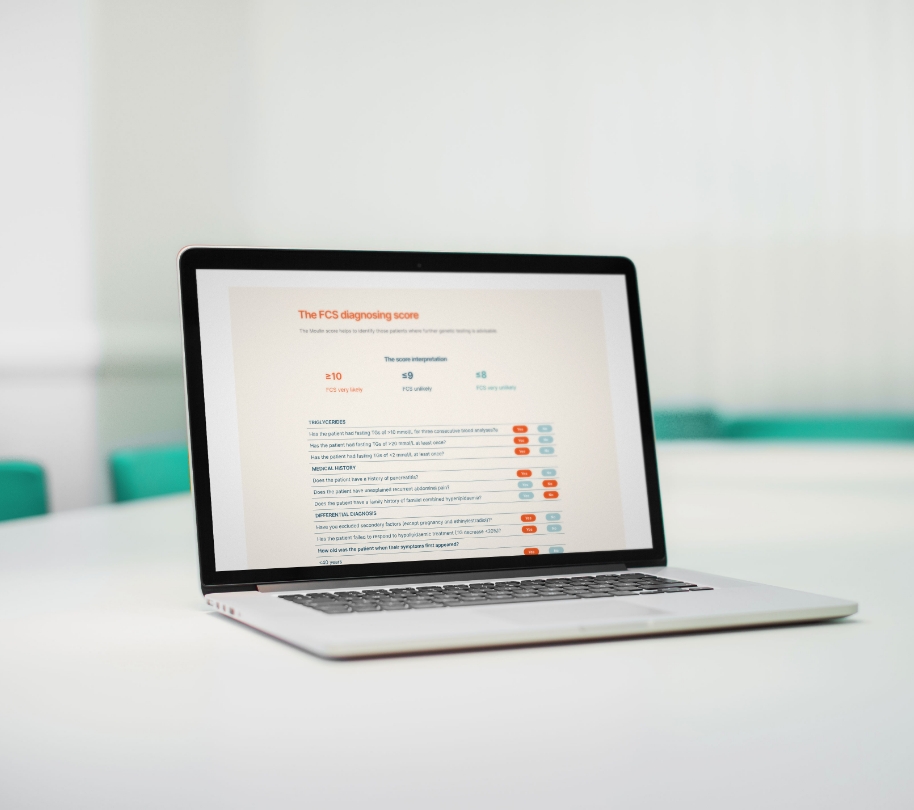Hypertriglyceridemia is the third most common cause of acute pancreatitis1
Acute pancreatitis resulting from severe hypertriglyceridemia (HTG) has been associated with longer hospitalization times, increased admission to intensive care units, and higher rates of persistent organ failure compared with acute pancreatitis without HTG.1

From a TG concentration of >1,000 mg/dl (11.3 mmol/l), the risk of acute pancreatitis grows 3% with every 100 mg/dl (1.13 mmol/l) increase in triglyceride levels.4
Severe HTG has often a genetic cause.
Acute pancreatitis: have you thought about triglycerides?
Common but often underestimated: hypertriglyceridaemia
Watch the videos
References
- Nawaz H, et al. Elevated serum triglycerides are independently associated with persistent organ failure in acute pancreatitis. Am J Gastroenterol. 2015;110:1497-503.
- NCEPOD: Treat the cause. Avaliable at www.ncepod.org.uk/2016ap.html
- Valdivielso P, Ramírez-Bueno A, Ewald N. Current knowledge of hypertriglyceridemic pancreatitis. Eur J Intern Med. 2014 Oct;25(8):689-94.
- Rashid N, et al. Severe hypertriglyceridemia and factors associated with acute pancreatitis in an integrated health care system. J Clin Lipidol. 2016 Jul- Aug;10(4):880-890
- Moulin P, et al. Identification and diagnosis of patients with familial chylomicronaemia syndrome (FCS): Expert panel recommendations and proposal of an ”FCS score”. Atherosclerosis. 2018;275:265-72
- Gaudet D, et al. Targeting APOC3 in the Familial Chylomicronemia Syndrome. N Engl J Med. 2014;371:2200-6.





